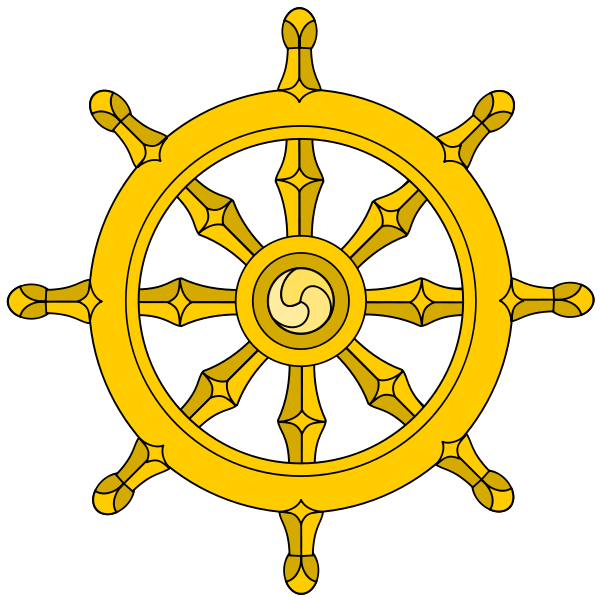I am writing this side post to go into a bit of detail about my own syncretism in my practices. So, in quite a while (since this blog began), I have a spiritual post that is not a part of Pagan Blog Project. Something of note here is that, due to a sort of inner inventory, my altars have changed up a bit. Things were moved around and re-arranged. Mostly out of trying to make things fit nicely in my room, and some of it from a bit of a change in worldview as a Pagan (namely: dude, I just made a Lararium). This blog will also get slightly biographical, so hold on tight.
I became a Wiccan when I was 17. Before that I was a Deist, a person who believes in the existance of God, commonly called the Deus, through reason and natural law. Unlike a lot of Wiccans who go Solitary, I actively sought out a coven or group, but with no car and no money, I had no way to find any. My sister found Christianity after the death of a close friend of her's. I think I should also explain that despite having parents who were Christian, they felt it best for both my sister and I to discover religion on our own. Well, eventually I left Wicca, kind of, and started going to both church and a Buddhist temple. Going back to church for those two months made me rediscover the reasons I left in the first place, this time, however, leaving on much better terms.
I embraced Buddhism with a bit of a Greco-Roman flavoring. Not many people realize this, but there is a lot of Greek Philosophy and Myth in Buddhism. In fact, the bodhisattva Vajrapani is very similar to Herakles, so much so, I believe them to possibly be one and the same. It was from here that I rediscovered the works of Aleister Crowley, and the Classical poets and philosophers. From here I became a Greco-Roman Pagan who also was a Buddhist. Buddhism in some ways made sense to me, but so to did the ancient religious beliefs and traditions of the Western World. I also saw how some would take Eastern Religions and desperately try to be Eastern, try to be Indian, or Tibetan, or Japanese (by the way, I realy only use East and West as descriptors, ultimately, its all the Human World and Human Religion, that, and you CAN be Western and Buddhist/Hindu/Taoist/etc., much like one can be an Eastern Christian or Wiccan).
So, how does this syncretism work? Well, first of all, I am immersed into both cultures. I understand and have lived both Western Pagan and Eastern Buddhist thought and ritual. I am not going in and just taking Buddhist ideas and saying I'm Buddhist while saying that Shakyamuni Buddha is the fat guy and is a God (first of all, Budai is the fat one; second, a Buddha is not a God). I also don't sit and lump Ceres/Demeter with popular-goddess-of-today and go "look at me, this is totally how the ancients did it." I also will make the disclaimer that I do not know everything about either path, I am no master or expert or adept. I am just a simple layman practitioner of both, and I am bound to get things wrong, understand things differently; but I am so willing to learn from my mistakes, and learn in general. Also, when both parts of me collide, I fully recognize that this is a new, syncretized practice.
In practice, there are things to. I keep a separate Pagan and Buddhist altar. They are both in somewhat traditional locations and I keep my Buddhist stuff near my Buddhist Altar and my Pagan stuff near my Pagan one. The only thing both altars share is incense and that is because, since both altars are in the same room, I can be very, VERY anal about making the scent of my room the same thing throughout (wherein only my cats can tell the difference). The only religious artifacts that are not of either tradition are my Horus Shrine (I know that dream was a message of some sort calling me to Horus, but not to Kemetic religion as a whole, and I'm still working out how that is), and a dreamcatcher (a non-traditional style, but used in a very traditional way, and done so out of complete and total respect to the Ojibwa. I also understand that even in a traditional, respectable use, some will call this appropriation, wherein I find it as modern syncretism).
So there you have it. There is a look at the syncretism in my personal home practice. This also works as a good transition because it leaves readers of Part 1 wondering, "well gee, this sure does look like eclecticism, what is the difference?" Well, that will have to wait for Friday my friends. After all, patience is a virtue.
And one last thing, about Part 1. I have no opinion on Randy Savage, beyond that I love the name, and it is fun to talk like you are in fact Randy Savage. OH YEAH WOO!



No comments:
Post a Comment